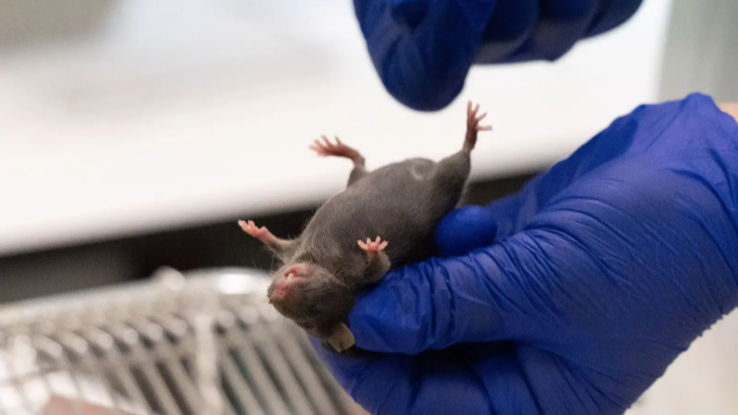Mice with human livers to treat disease
- Gege Li
- Aug 21, 2023
- 1 min read

Healthy human livers in mice can be used to better understand and potentially treat various liver diseases, a recent study has shown.
Research at Yale University, Connecticut, USA, created a complete human liver in mice using human cells, with the resulting organ having a similar shape and cellular function as a healthy human liver.
Liver diseases are more difficult to study in animals like mice because of differences between human and animal livers. However, this approach has allowed researchers to mimic the effects of human chronic liver diseases, such as non-alcoholic fatty liver disease, and identify key mechanisms to normal liver function, including the regulation of cholesterol.
Richard Flavell, at Yale, said: “Mouse and human cells talk in different languages, but we have enabled human liver cells to speak in their own language within living mice.”
In addition, an article in Nature Reviews Bioengineering has discussed the value of ‘humanising’ non-animal models of human diseases. It highlighted that while bioengineering can be used to overcome some limitations – namely how to accurately mimic a living human body – animal research may still be ‘indispensable’ to look at complex mechanisms in the body, or multiple organs.
End



